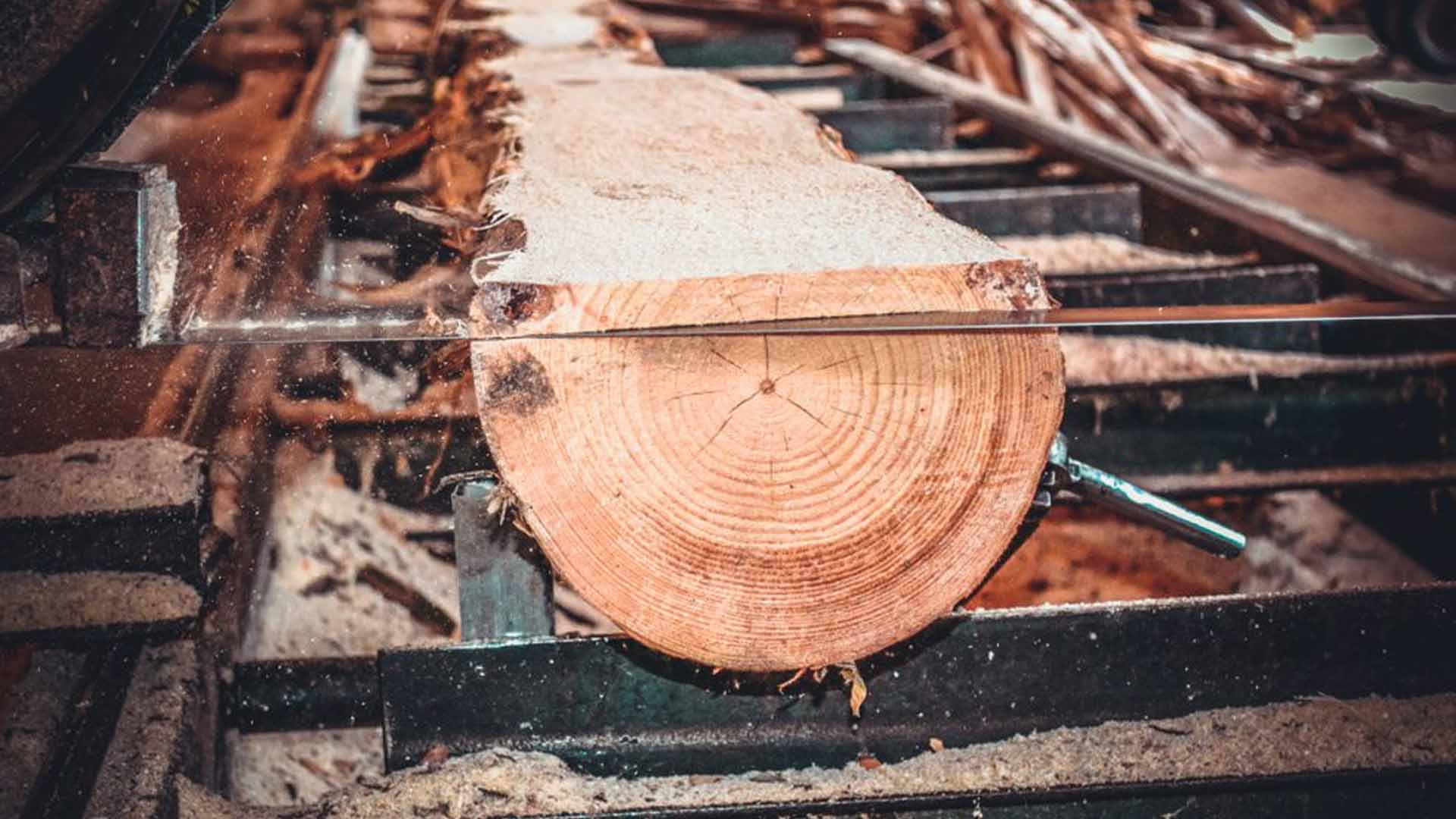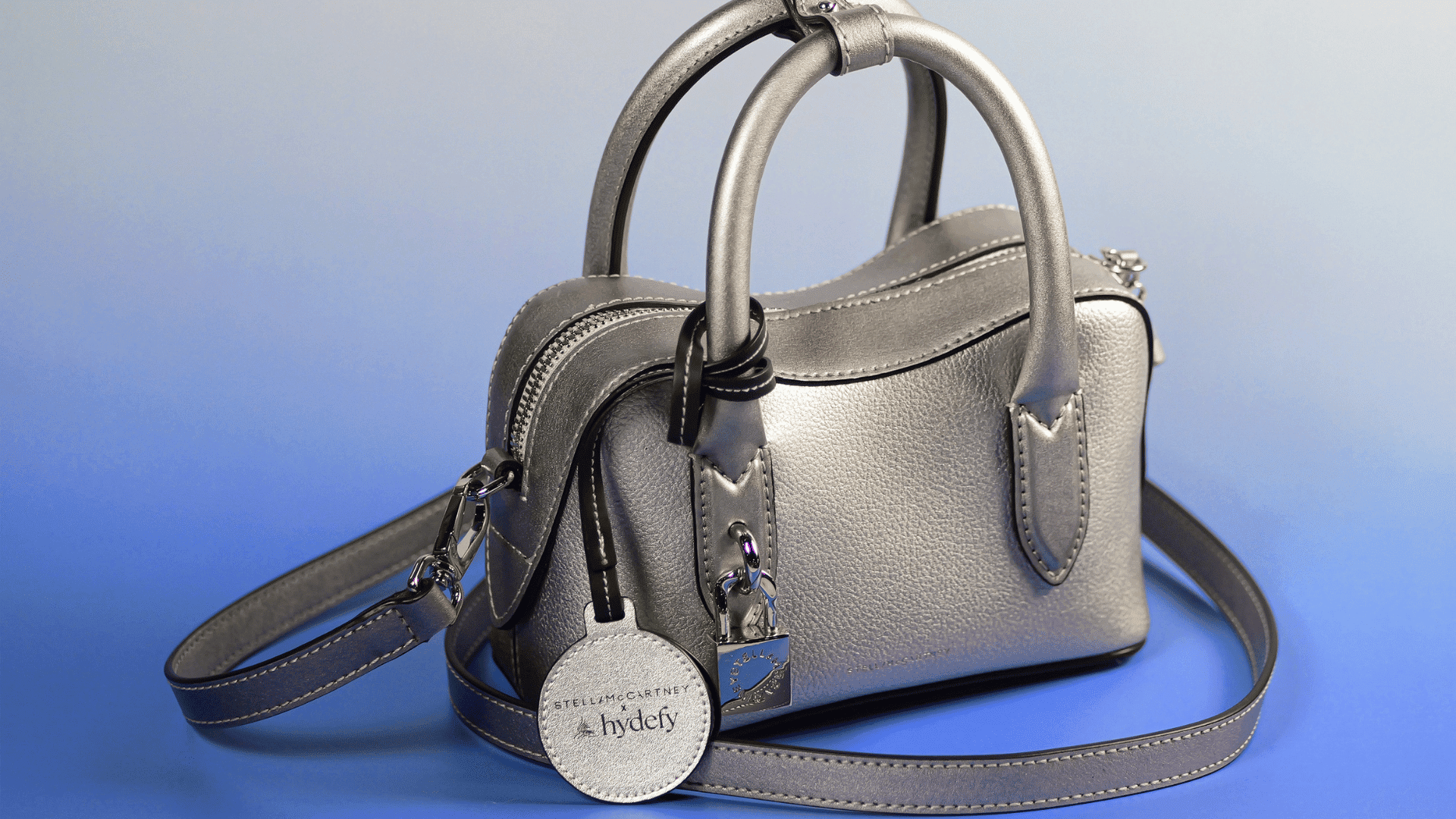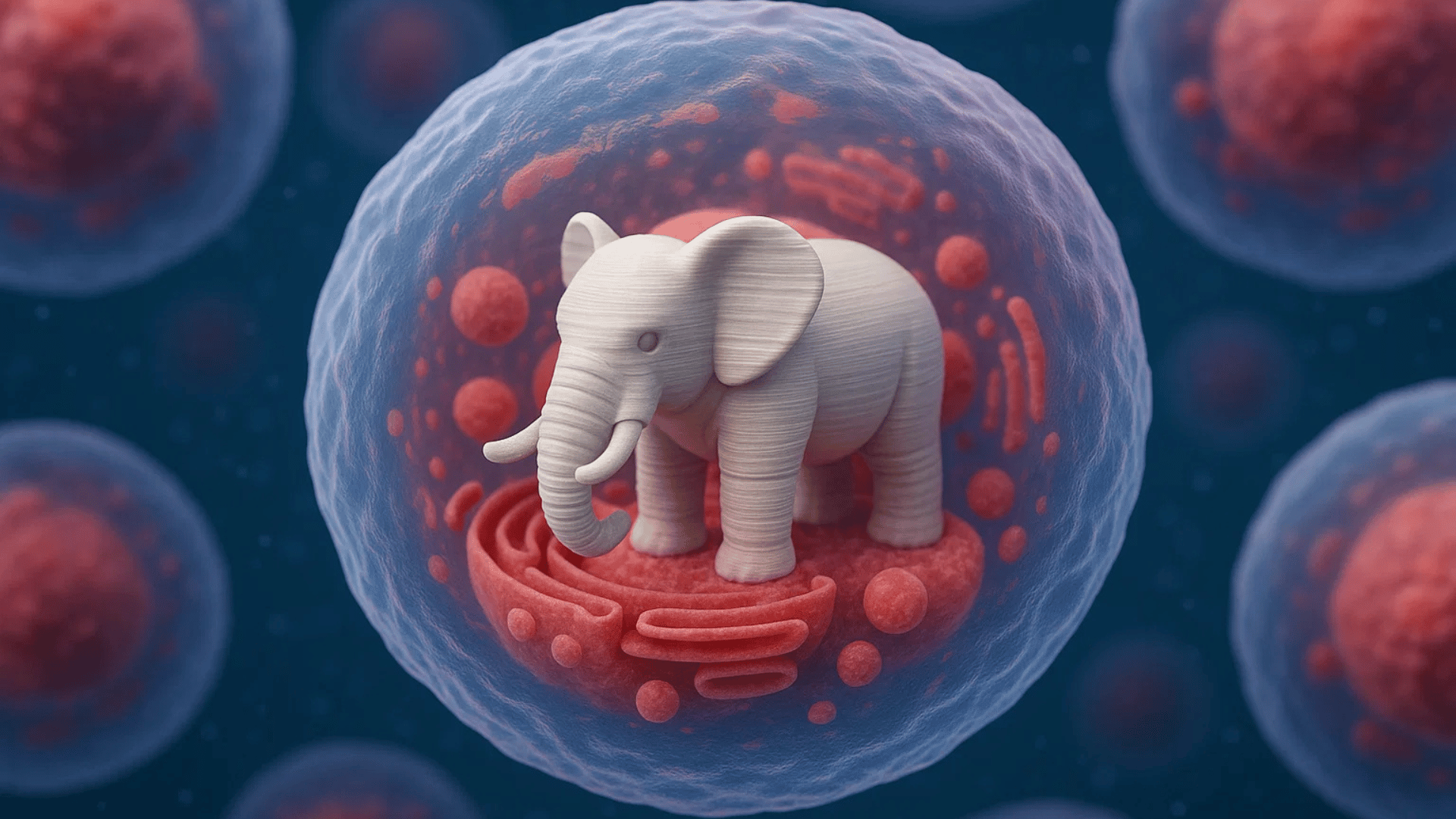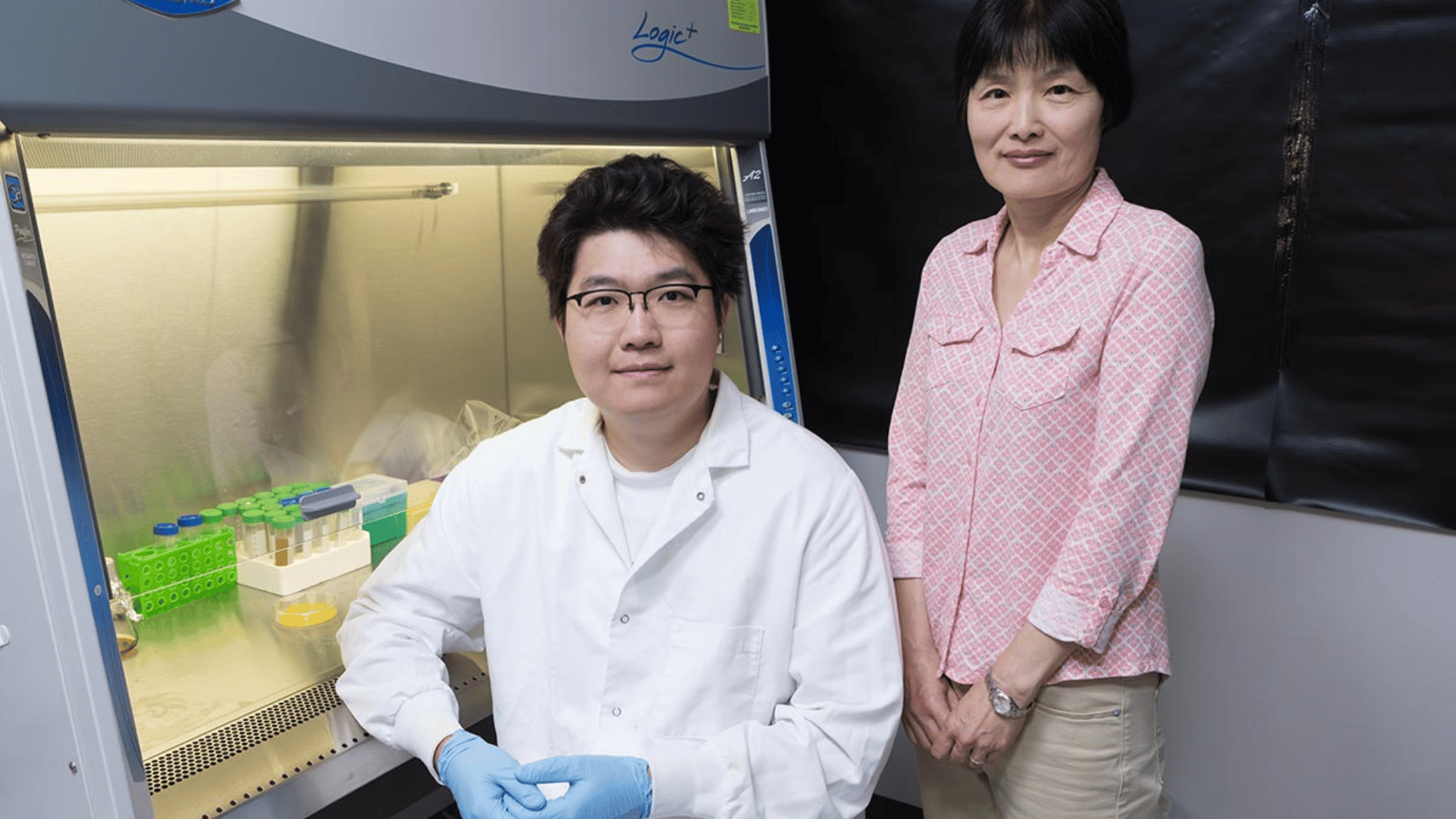With deforestation and forest fires plaguing our forests, it sounds counterproductive to cut down more trees. However, this actually enables the forest to thrive, preventing future forest fires as well.
What is thinning a forest?
Thinning a forest is like weeding a garden on a massive scale. Once trees have matured to a certain age, they begin to compete with each other for light, nutrients, and water. By thinning a forest, the remaining trees are able to grow to their greatest potential. Thinning also cuts down trees with defects, such as those that are diseased or some that are too small. This means that the trees that remain are the healthiest, strongest trees.
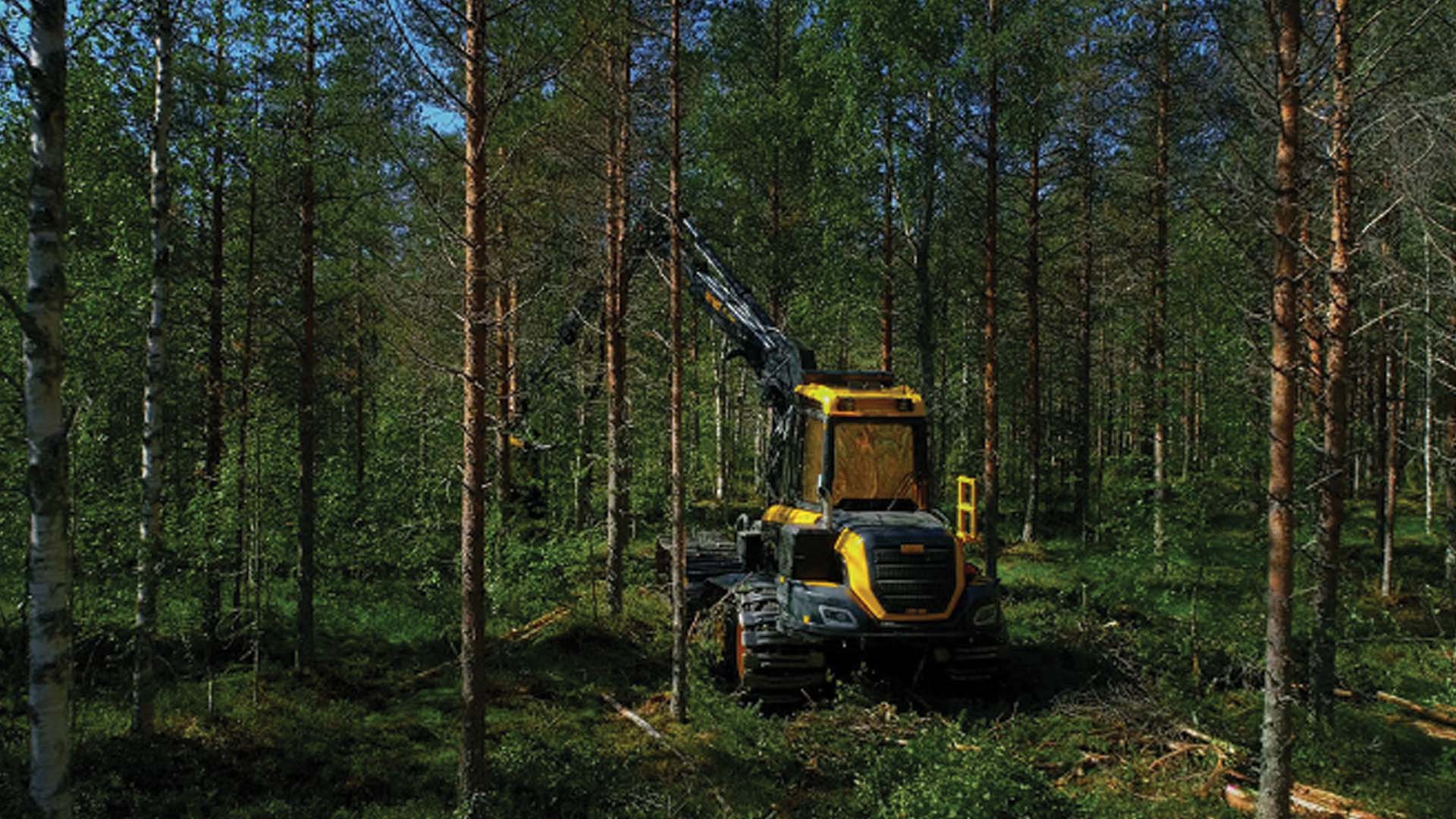
How is a forest thinned?
A forest is thinned using world-class machines to carefully and selectively pick which trees to cut down. For example, Ponsse’s Harvester has a crane that can reach up to 10 meters so that selective thinning is possible. This guarantees that the best trees are left to grow and that the value of the forest and wood is of the highest quality.
What are the benefits of thinning a forest?
Believe it or not, thinning a forest is one of the best things that can be done for a growing forest. It prevents the forest stand from becoming too dense and the trees from drying out. This reduces the risk of insect damage and forest fires. The wildlife and plants benefit as well because the thick cover of treetops before the thinning block a great deal of sunlight from the forest floor. Thinning forests will play a major role in the future of forestry.
Furthermore, if the forest is not thinned by machines, it will self-thin. This occurs to reduce competition once the forest stand reaches its capacity. For example, Mountain ash forests with hundreds of thousands of new seedlings per hectare self-thin to a few thousand after 20 years. However, when the forest self-thins, it becomes more vulnerable to disease and insect infestations.
What happens to the cut-down trees?
Another benefit of thinning is that the cut-down trees are not wasted. These trees are sent to the sawmill, where the wood is debarked, grated, dried, and cut so that they are ready to get sold for lumber and fuel. This makes the thinning process more sustainable and also supports the local timber industry.
To watch thinning in action, stream Tomorrow’s World Today’s “The Power of Air” on SCIGo and Discovery GO.
Explore the World of Innovation, and discover the science behind roller coasters, how game controllers are made, and what you need to know about electronic recycling.



